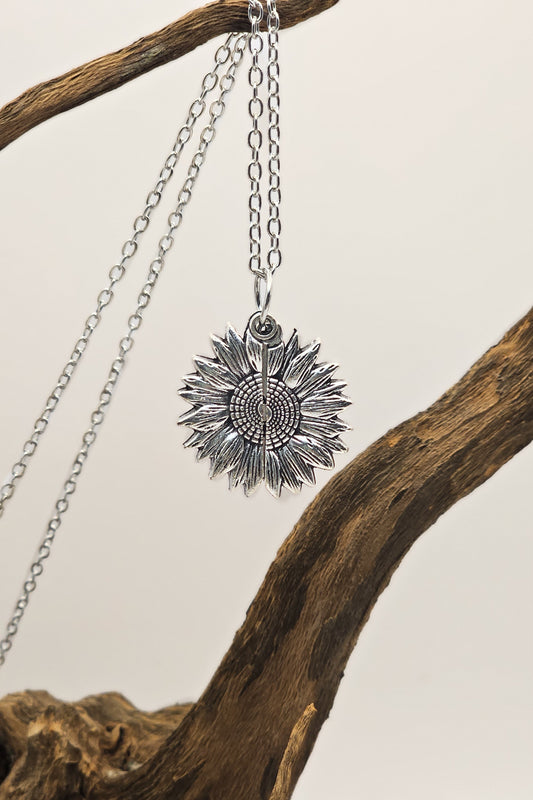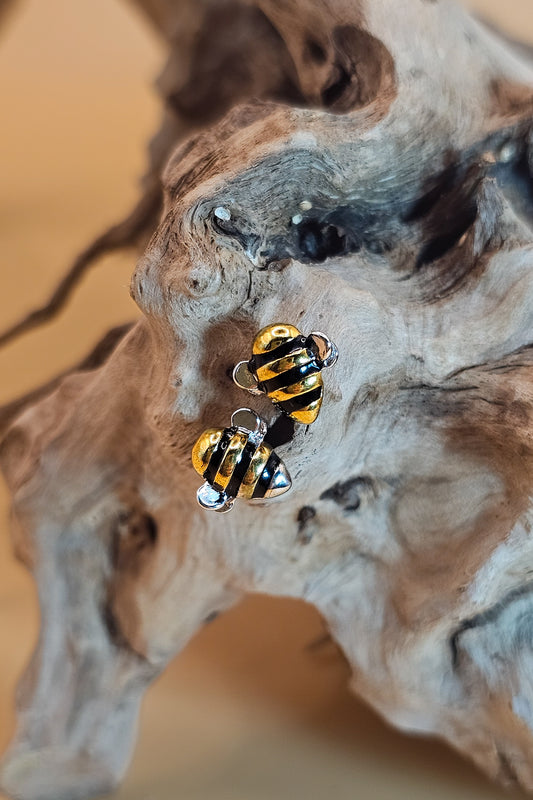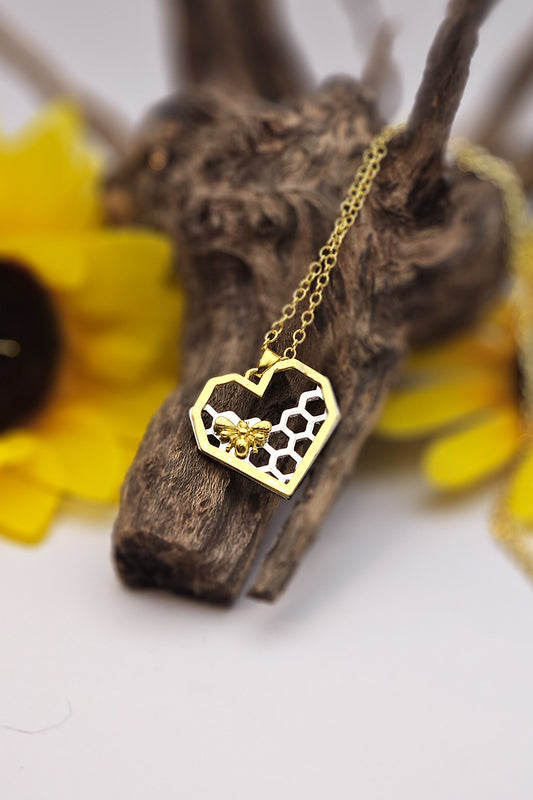Autumn is the time of year when bees forage for their last nectar and pollen before the end of the season. Honeybees evict male drones from the hive in the fall, to keep honey reserves high for the winter. Native bees will soon snuggle and burrow in for the colder months. For some it is the end of the road and they will not live to see the spring.
There are fewer blooms available as autumn goes on, than there were in spring and summer, so autumn can be a challenging time for bees to find enough fresh food. They don’t want to use their reserves yet. Autumn is when survival issues come to the forefront.
Since our blog is read by people around the world, we won’t get into area-specific plants. The best thing is to ask local beekeepers, florists, or an agriculture service, which local flowers bees love at this time of year, then plant those. For readers south of the equator, it is now spring instead of autumn, so this info will be useful for you next autumn.
This 5:08-minute video by whiteaster shows more fall flowers for bees, butterflies and hummingbirds:
It is best to focus on a blend of general pollinator plants and as wide a range of native species of flowers, shrubs, and grasses as possible. Plant these when possible for your local pollinating insects. This way, they support the entire life cycle and local ecology, not just foragers.
For instance, in the US state of Texas, some native autumn plants that bees and pollinators love are Butterfly weed, Aromatic aster, and Gray goldenrod.
If they are local to your area, pollinators will enjoy these plants:
Ivy Blossoms—enjoyed by bees and butterflies at this time of year.
Abelias—known as the Bee Bush, bumblebees and honeybees love the white rich-scented blossoms. Also enjoyed by hummingbirds, dragonflies, and butterflies.
Asters—all pollinators enjoy these and the seeds they leave behind feed birds.
Cosmos—open-shaped and inviting for bees and other pollinators to sip nectar. The petals taste lovely in salads.
Wallflowers—an explosion of vivid colors bursts forth. The nectar and pollen attract honeybees.
A holistic approach at the end of summer is that it’s best not to cut down your Echinacea or Black-eyed Susan after the bees and butterflies have had their fill. A new buffet keeps on giving as goldfinches arrive to pluck the seeds.
Before doing anything, consider which plants will be most beneficial to creatures in your community and what most helps nature in your region. Then plant those plants. Many local resources and experts are around to help you make the right decisions, so just ask. Remember to blend native with non-native plants, to provide extra support.
The bees will give thanks with rewards of fresh delicious honey in local shops and markets.








